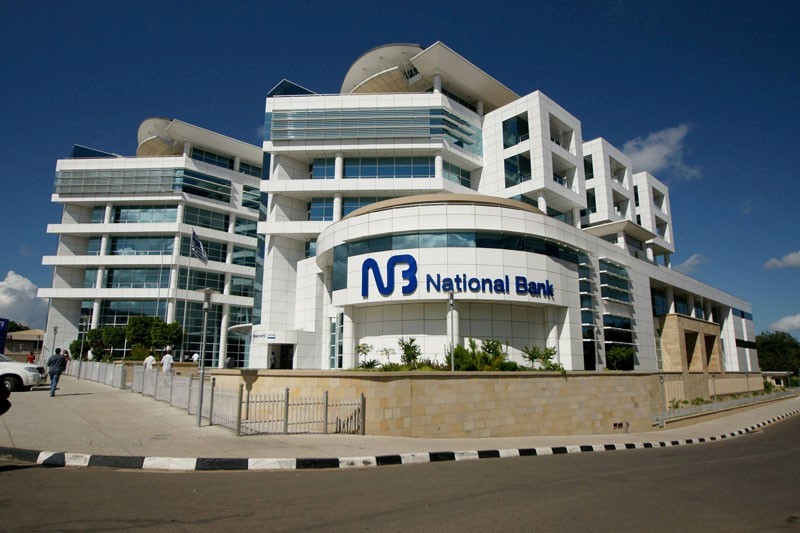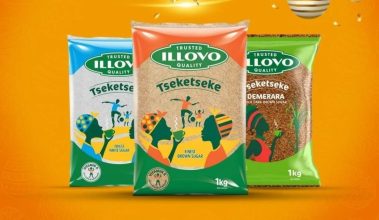Tough q1 for consumers
Rising food prices continued to push up inflation rate in the first quarter (Q1) (January to March), figures from the National Statistical Office (NSO) show.
Our analysis show that during the review period, headline inflation averaged 8.4 percent, 0.3 percentage points shy of the 3.1 percent that Reserve Bank of Malawi (RBM) had earlier projected for the period.
While food inflation rose from 9.7 percent in January 2021 to 11.7 percent in March, non-food inflation rose steadily from 5.6 percent to 6.3 percent during the review period.

This means that on average, food and non-food inflation stood at 10.6 percent and 6.3 percent during the first quarter respectively, with food and transport being the predominant drivers of inflation in Malawi.
A resident of Manase in Blantyre, Diana Kaunda, says as a single parent, rising prices of goods and transport means that she has to cut down on her expensess.
She says since giving birth two months ago, she was relieved of her duties as the employer could not afford to pay her while on maternity leave.
Said Kaunda: “It has been really difficult for me in the past two months as the two-month payment [K80 000] I was given when I left work to deliver could not be enough to cater for my needs.
“If I factor in food, transport, water and charcoal which I have to buy daily, the money is not enough. Now I am doing some piece work to support myself.”
Weighing in on Kaunda’s situation, Centre for Social Concern economic governance officer Benard Mphepo said in an interview on Monday that with the weakening of the kwacha, the increase in fuel prices has exacerbated the increase in cost of living now at K209 000 for an average family of six per month.
This, he said, is against the food poverty gap at K100 000 and a minimum wage of K50 000 per month.
Said Mphepo: “This is happening when incomes of Malawians are being reduced due to the impact of Covid-19. Our dependency on rain-fed agriculture and limited diversification of exports is aggravating the problem.
“As a country, we also need to put a deliberate policy to cushion low- income earners who are struggling to survive during this pandemic period and it is anticipated that in the fourth coming budget session, government will put deliberate measures to cushion our fragile economy.”
In its January-June Monetary Policy Report, the Reserve Bank of Malawi (RBM), while conceding that the headline inflation is currently above the upper band of the medium-term target, is banking on a bumper yield for the 2020/21 agricultural season to subdue inflationary pressures supported by appropriate monetary policy actions.
Reads the RBM report in part: “Although the outlook points to heightening of upside risks to inflation, emanating from widening of the fiscal deficit, continued depreciation of the kwacha, persistently high fiscal deficits, rising fuel prices as economic activity picks up globally, it is anticipated that inflation will be well controlled and remain in single-digit in 2021.”
Maize, as part of the food component, accounts for about 45.2 percent in the Consumer Price Index (CPI), which is an aggregate basket of goods and services for computing inflation.
Ironically, prices of maize, the country’s staple food, has been on the decline with published figures from the International
Food Policy Institute (Ifpri), indicating that at an average of K181 per kilogramme (kg), retail maize prices fell by three percent in March and were 44 percent lower than in March 2020.
As the main harvest season is now underway, the Ministry of Agriculture and Food Security announced the minimum farm-gate price for maize at K150 per kg.
Meanwhile, the first-round crop estimate released by the Ministry of Agriculture projects a possible rise in maize output by 17.5 percent to 4.4 million metric tonnes (MT) from 3.7 million MT produced last season.
In its Economic Newsletter for April 2021, National Bank of Malawi plc said rising fuel prices poses upside risks to inflation.
The bank expects inflationary pressure to ease in the second quarter to be offset by the benefits of relatively low food prices due to prospects of a good harvest.
Last week, Malawi Energy Regulatory Authority spokesperson Fitina Khonje said there is no guarantee that fuel pump prices in the coming months will be mantained as on the global market, oil prices are still rising at a time the price stabilisation fund has no adequate funds.
Consumers Association of Malawi executive director John Kapito said on Tuesday that consumers should brace for tough times ahead as the kwacha continues to weaken amid rising global fuel prices.
He said: “It is not suprising that food prices have been going up despite the main driver of that basket, which is maize, having stable prices.”





